This is named after Commander John Wallace Linton, who was born at Claremont House, Malpas, Newport, in 1905. Tubby Linton, as he was known to his fellow officers, was posthumously awarded the Victoria Cross in 1943.
A selection of photographs of Commander J W Linton VC.
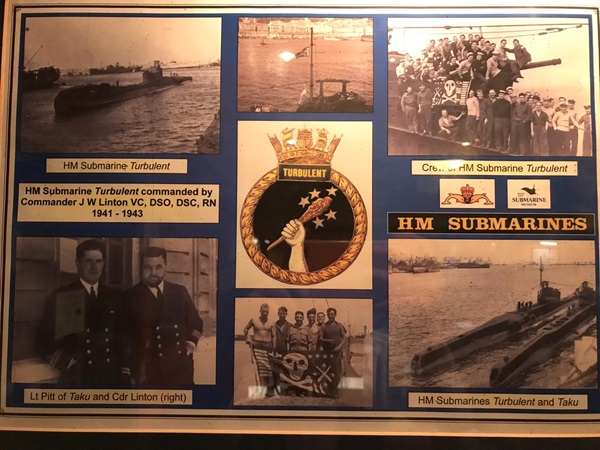
An article in The London Gazette, 1943, announcing John Wallace Linton being awarded the Victoria Cross.
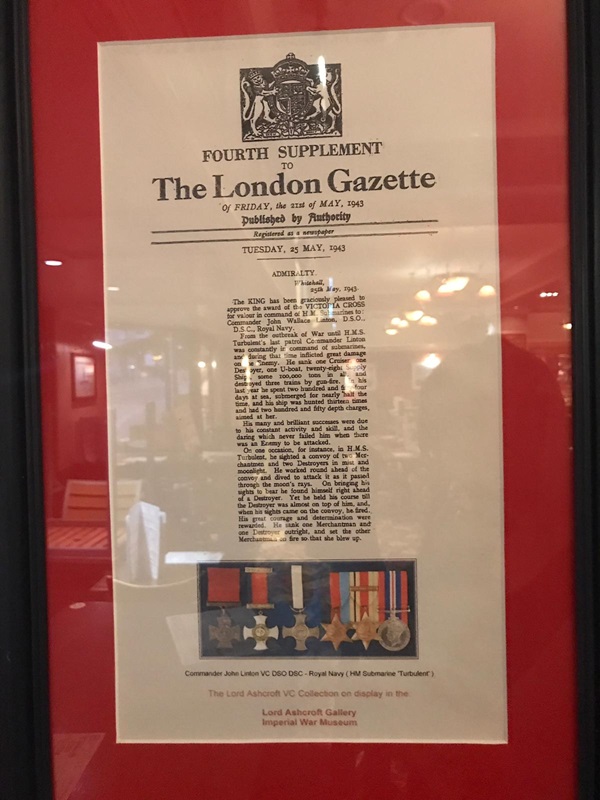
A plaque commemorating John Wallace Linton.
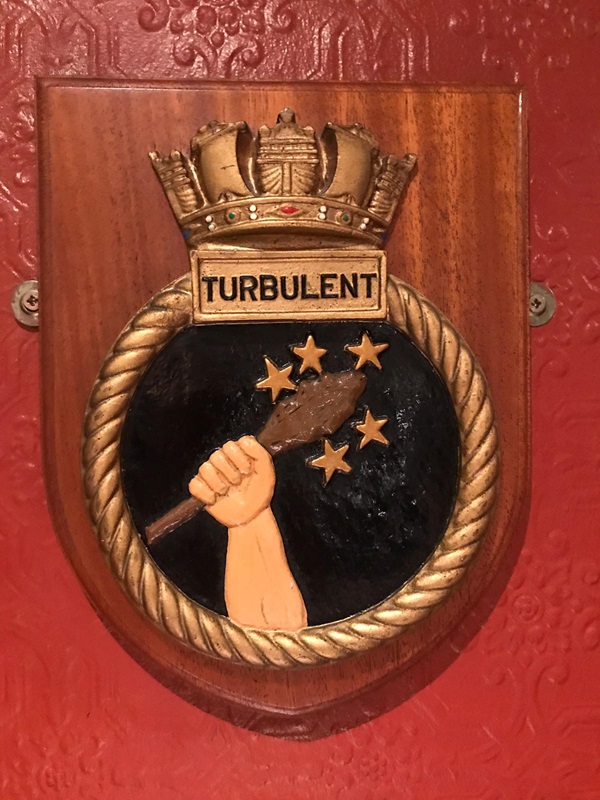
A photograph of Commander Linton VC of HMS Turbulent.
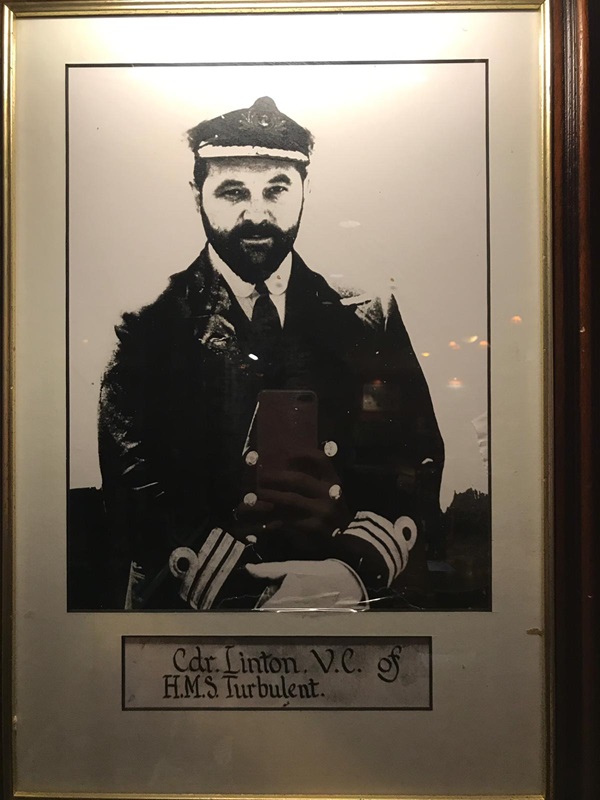
An illustration and text about the beginning of Newport.
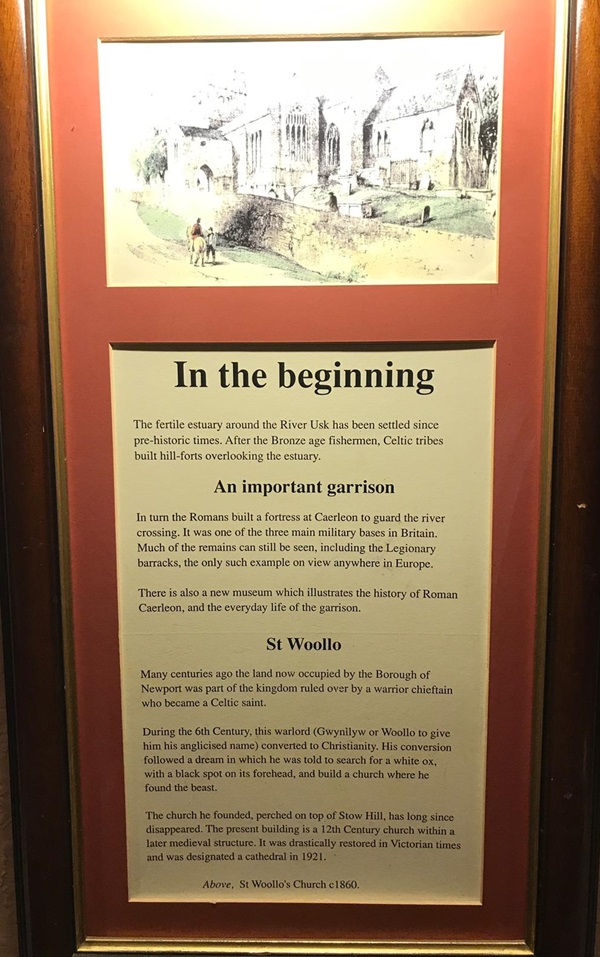
The text reads: The fertile estuary around the River Usk has been settled since pre-historic times. After the Bronze age fishermen, Celtic tribes built hill-forts overlooking the estuary.
In turn the Romans built a fortress at Caerleon to guard the river crossing. It was one of the three main military bases in Britain. Much of the remains can still be seen, including the Legionary barracks, the only such example on view anywhere in Europe.
There is also a new museum which illustrates the history of Roman Caerleon, and the everyday life of the garrison.
Many centuries ago the land now occupied by the Borough of Newport was part of the kingdom ruled over by a warrior chieftain who became a Celtic saint.
The church he founded, perched on top of Stow Hill, has long since disappeared. The present building is a 12th century church within a later medieval structure. It was drastically restored in Victorian times and was designated a cathedral in 1921.
Above: St Woollo’s Church, 1860.
A photograph of High Street, 1911.
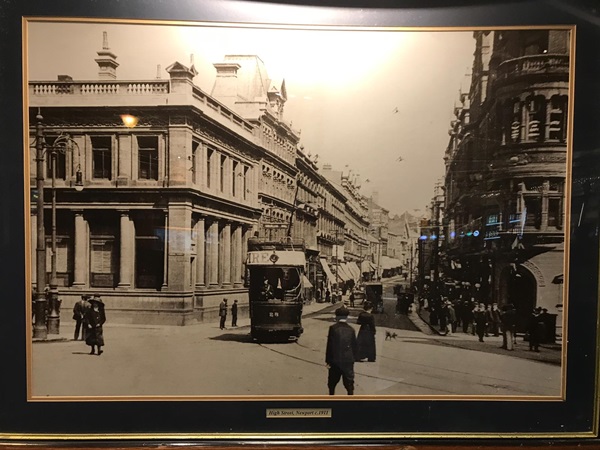
A photograph of Alexandra Dock, 1908.
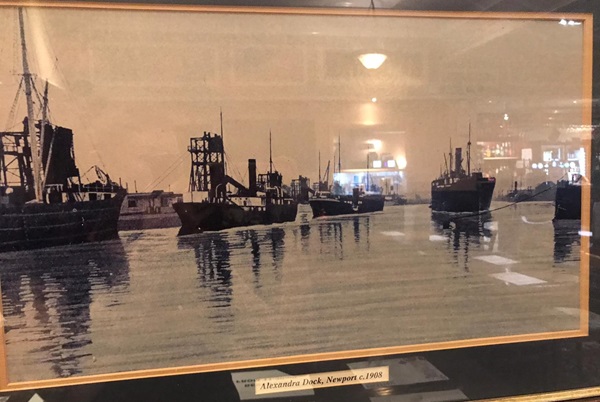
A photograph of Stow Hill, 1910.
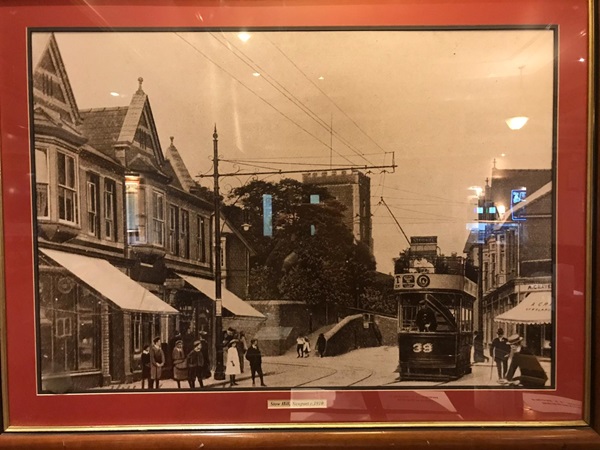
External photograph of the building – main entrance.
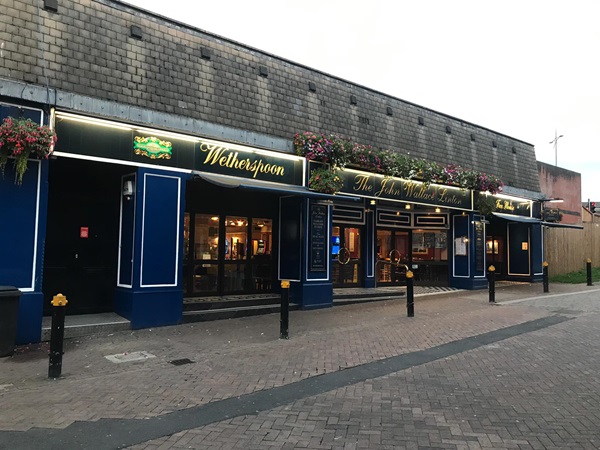
If you have information on the history of this pub, then we’d like you to share it with us. Please e-mail all information to: pubhistories@jdwetherspoon.co.uk